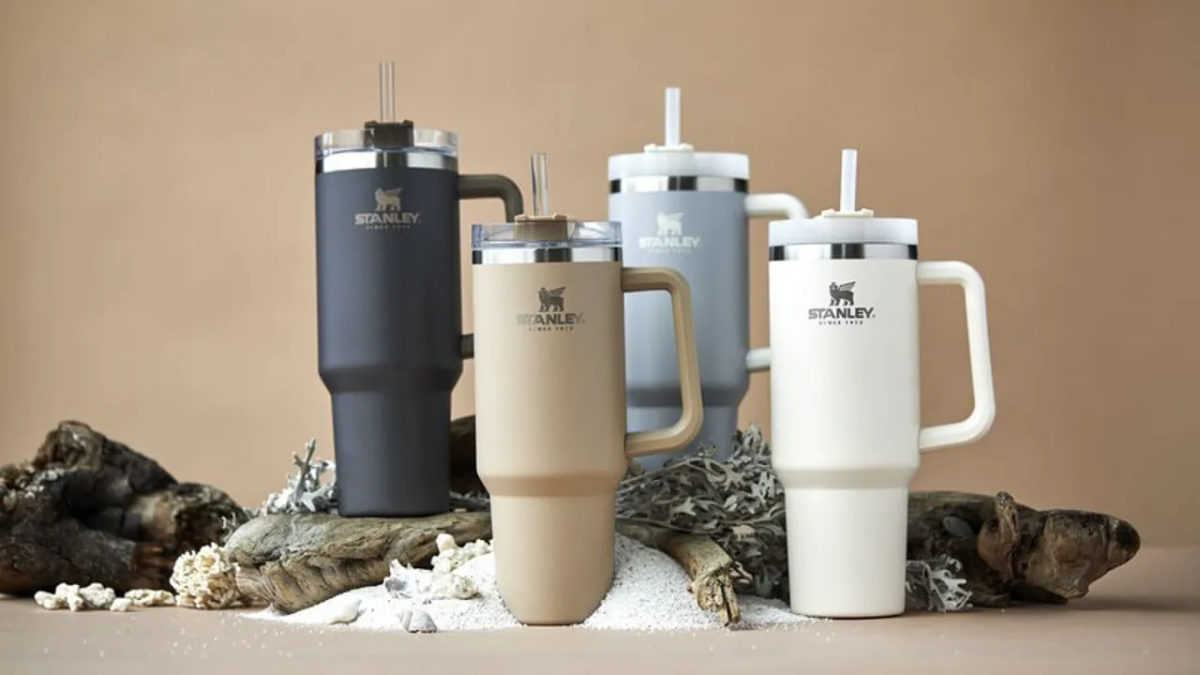If you have been on social media recently, you may have heard of Stanley Cups. You may even own one yourself! They became popular all over TikTok almost overnight after influencers started using them in their videos. But recently they have gone viral for a different reason: a rumored threat of lead poisoning. In this article, I have broken the facts down for you so you know what the truth is on this matter!
So to start, do Stanleys have lead in them at all? According to an article written by NBC Consumer Reports, “On the bottom of the Stanley Tumblers there is a little button, and underneath that is a primarily leaded material, and Stanley melts that bit of lead into the hole on the bottom of the tumbler to create the vacuum insulation” (Consumer Reports NBC). So in short, yes, they do contain lead. But should you panic and chuck it? As long as you are keeping them clean there should be no worry. They advise that you use a mild detergent and warm water to clean the cups. Now you may be getting your pitchforks ready for the Stanley Cup brand, but don’t just yet. Lead is present in many water bottle companies. Yes, this includes Yeti, Miir, and LifeStraw. If you want a lead-free water bottle, I suggest a HydroFlask, Owala, or a Kleen Kanteen. Even bottles like Swell are unknown as to whether they contain lead.
Now you may be thinking, why do water bottles contain lead in the first place? Low cost. This is a process known as lead soldering. It connects all the layers in your water bottle and creates that tight seal. So long as this pellet on the bottle does not break or get damaged, there is no need to worry! But if it does, stop using it immediately and contact Stanley for a new one. Every bottle comes with a lifetime warranty. So in short, yes, Stanleys do contain lead, but so long as your bottle is clean and undamaged, you will be safe.














